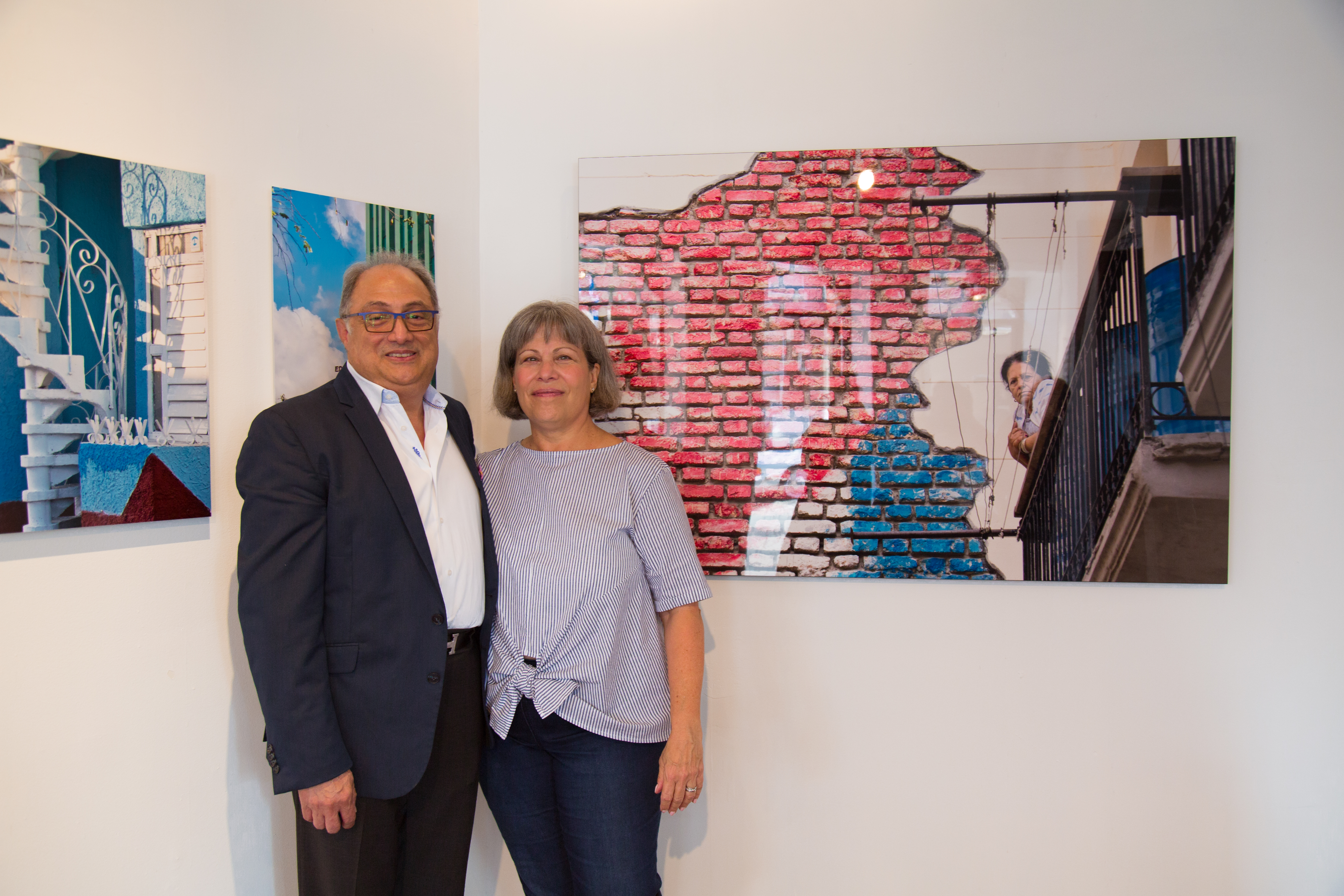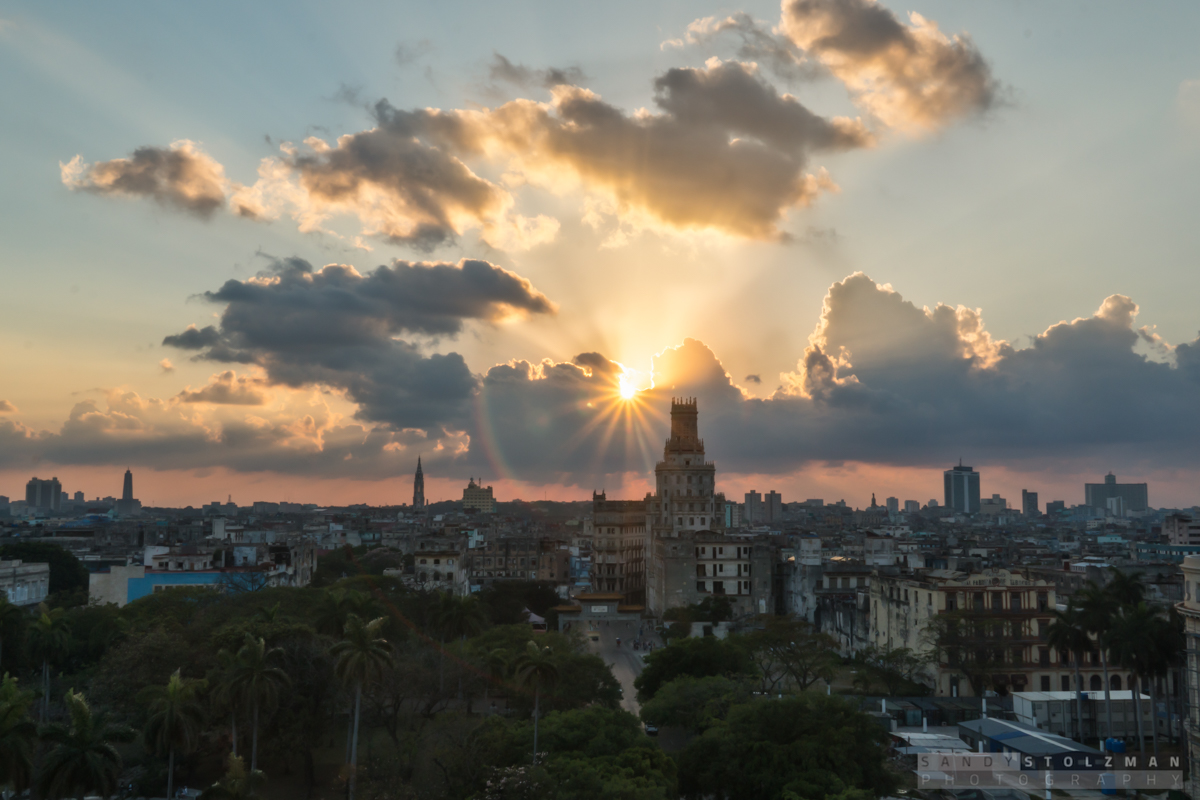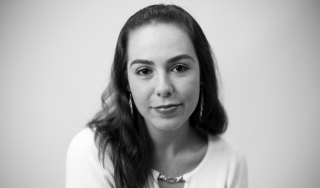
Cuba: Beauty and Sadness
Sandy Stolzman redefines contemporary third-world travel photography by purposefully transcending above the stereotyped role of Bacardí rum-drinking and sandy…
“We’re going to Havanaaaaaaaaa!”, they shrilly scream, clinking their pre-flight minty cocktails, their just-polished $60 gel mani-pedis and crisp white sundresses contrasting with the glow of their Fake Bake “tans”. They speak of learning how to dance salsa, since they really want to impress their hubbies when "Despacito" comes on at the dive bar back home, because maybe then they'll peel their eyes away (for a quarter of a second) from Scott Hanson’s reports on the NFL RedZone. They gleefully talk of Cuba’s white sands and how Beyoncé once felt that very same sand between her toes. “We’re like, connected”, one woman half-jokingly, half-dead seriously declares. When they come back from their weekend on the island, they bring with them sunburns, coke and rum hangovers, cigars for their co-workers, and a “hipster fashion” Ché Guevara black military beret they were sold near The Malecón by an “authentic” Cuban. Their "Insta game" got so strong due to “bikini pix” on Playa Guanabo, that they now collectively have 1,568 more followers. “Half of my heart is in Havana!” they post on Facebook, indirectly quoting Cuban-born pop star Camila Cabello, directly knowing that most of them will remain mum during any political chatter about U.S.-Cuba Relations, or about the dictatorial regime in Cuba. “They were so happy! And they didn’t even need WiFi to feel joy in their souls!” one of the gals would bravely chime-in on the comments section...
Though the above is a fictionalized over-dramatization of tourists from The United States that travel- often blindly or with little intellectual curiosity -to impoverished islands in The Caribbean, it is not, however, a complete fabrication of reality (but the tourists aren’t entirely to blame)! For when it comes to Cuba, television outlets and social media further the foolishness by heavily romanticizing the island, choosing to rely on graphics of vintage 1950s cars and colorful antique buildings, rather than giving balanced reports on both the beauty and the sadness that saturates the crocodile-shaped tropical country.
Sandy Stolzman, a Philadelphia native, former businesswoman, and Drexel University graduate, sought to combine those two aesthetic and internal qualities of Cuba in her latest photographic exhibit for RACSO Contemporary Arts, Cuba: Beauty and Sadness. Twenty out of “about 2000” photos of a week-long trip to Havana, Santa Clara, and Trinidad in March 2017 were chosen alongside Stolzman’s “Pisces birthday twin” and Colombian owner of RACSO, Oscar Villamil, to display at the East Passyunk gallery. Stolzman is the first non-Latino to be featured at the gallery, which champions itself as being one of the few art galleries in the region that has the sole ambition of celebrating and selling Latino artwork. But when you see Stolzman’s work, it is immediately evident why she was made an exception to the rule.

Each photograph is not only stunning in subject and in medium (printed on high-glossed dye-infused aluminum that defines every detailed pixel), but they are also photographs that show truth, with no cheap tricks or Photoshop to blur or modify genuineness. Images were taken during early morning walks or late evening strolls, which was not only the time when the natural light was best for portraiture and for architectural shots, but also the hours when you could “really see the poverty”. Many of the pictures are of people going to or coming from work, while others highlight the day-to-day such as a woman with her son attempting to get meat from the inadequately stocked carnicería, a woman in a marijuana bandana “selling her likeness” so-to-speak for tourists to photograph, or another younger woman in lime green dreadlocks boxing in a dilapidated outdoor ring. The collection boasts images that are imbued with an abundance of color, but they are by no means lifeless or posed.
Stolzman was fortunate enough to go on this organized field opportunity with Colby Brown, a “Sony Pro” and the founder of the humanitarian photo organization The Giving Lens. Through his itinerary and connections, she and her travel peers were able to get the “non-touristy” version of Cuba, mainly achieved by staying in casas or personal homes transformed into “B&Bs”, and being taken to off-charted (and occasionally closed-off destinations), such as El Instituto Superior de Arte. What she observed by staying with locals, and climbing rooftops of nearly abandoned buildings to glimpse at amateur parkour athletes, was invaluable.
[node:field_slideshow]
“I am still very overwhelmed by how much we have here, and what little they have over there. When I talked to people before leaving, all they could do was blab to me about ‘Oh the food! The music! It’s so wonderful!’, but my experience included none of that. I did not dance at clubs [laughs] and I had the most authentic experience that I could get, and those truths were the most interesting aspects of Cuba. There are a lot of positives. The people are very healthy, they are educated, there is barely any pollution, and the reefs… I’m also a scuba-diver, and Cuba has some of the best reefs in the world. They’re immaculate, because they don’t use pesticides and they don’t use GMOs. But, the sad thing is, everything and everyone is controlled by the government,” Stolzman asserts.

RELATED CONTENT
She continues, explaining how “shocking” it was to see a country with so much potential remain stagnant, and how she worries intervention from The United States could “ruin” the positives that Cuba has struggled to protect. Either way, the impoverished state of her hostesses compelled Stolzman and others in her travel group to bring heaps of basic items and needs to distribute. “I brought like thirty lipsticks with me, I brought aspirin, toothpaste, toothbrushes, I gave away most of my clothes, I was just completely blown away by how much they needed, because you know, we only ever really see the Havana that everybody fantasizes about... And yet, they were so kind, so happy to assist, so brilliant… I wasn’t just moved by the colors of Cuba, but by the colorful people in it.”
One group that particularly inspired Stolzman was Amigos Skate, a non-profit described as a “collaborative union of artists, musicians, action sports enthusiasts and progressive thinkers who are dedicated to enriching the lives of at-risk Cuban youth.” Members from the non-profit snuck Stolzman inside of the illustriously enigmatic Instituto Superior de Arte, which is where she not only decided she would one day come back to Cuba (and this time with permission) to take nude photographs backdropped by The Catalan vaults, but also where she began to understand the special link between Cubans and organized sports, such as skateboarding, parkour, boxing, baseball, and volleyball. It became clear to her, after speaking with the young members of Amigos Skate, that fine-tuning athleticism is not only a hobby or a way of staying active for Cubans, but it also provides the opportunity to join an international fraternity, a launch-pad ticket to “getting out”. The underculture and black market in Cuba includes organizations like Amigos Skate, which smuggles in skateboard parts to keep the spirit of the sport alive.

The last photograph in the exhibit’s series was perhaps one of the most telling, a sunset from a rooftop shining its auratic warm tones over the city of Havana. At first glance, it looks like a basic #SpringBreak post snapped by a tourist to mark the end of their vacay, but in Stolzman’s lens, the semi-aerial landscape of Cuba’s capital says more. To close her trip, she and Colby Brown’s other tour members went up to the skydeck of Havana’s poshest hotel to eat hor d'oeuvres, “one of the only things we could afford there”. With a hotel stay going for 400 to 600 dollars a night, the fact that the hotel is technically open for the public is laughable. Thus, that sunset becomes more than just a pretty picture, it becomes a symbol for a view that only the elite are privileged enough to soak-in. And, after her time in Cuba, Stolzman is still awestruck by how privileged she really is in comparison.
Cuba: Beauty and Sadness opened at RACSO on September 7th 2017, a charming gallery with an outdoor patio-area located on 1935 East Passyunk Avenue, steps from the Snyder Broad Street Line stop and adjacent to Le Virtù. The opening was as vibrant as its exhibit’s photographs, with other Latino artists from the region coming to pay their respects to Stolzman’s work, and an eclectic array of visitors dropping by to chat about artwork while eating empanadas and drinking Pollyodd’s twists on the traditional limoncello mixology.
The exhibit runs through October 8th 2017.












LEAVE A COMMENT:
Join the discussion! Leave a comment.